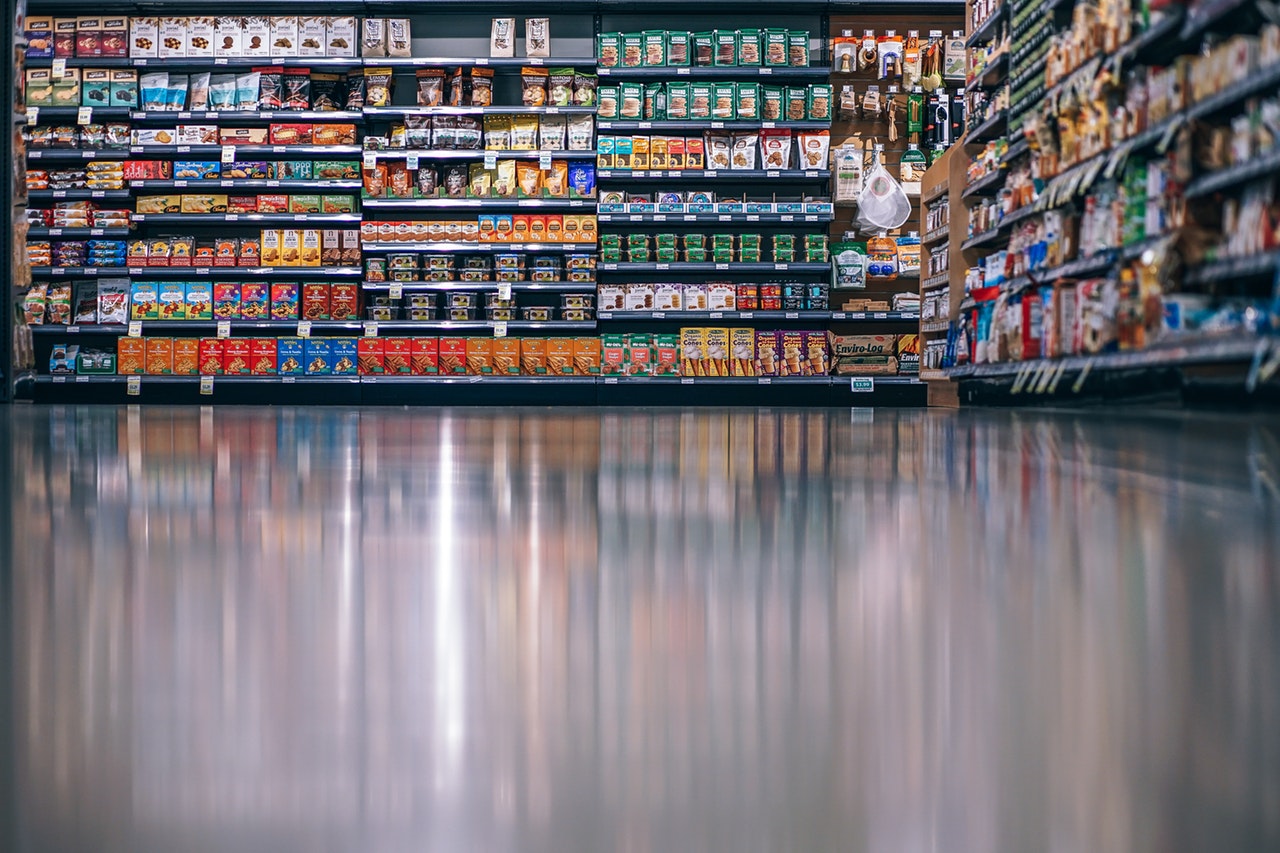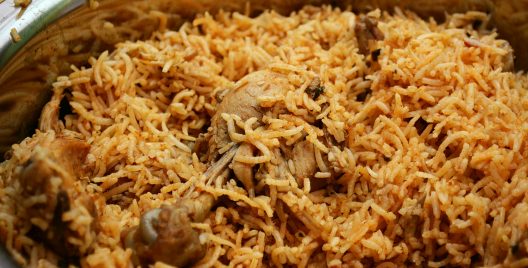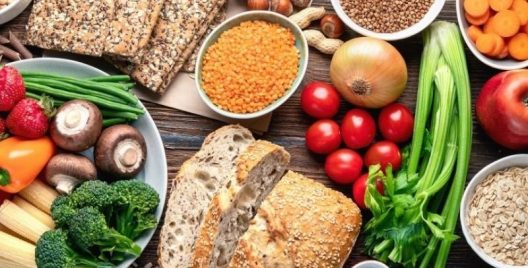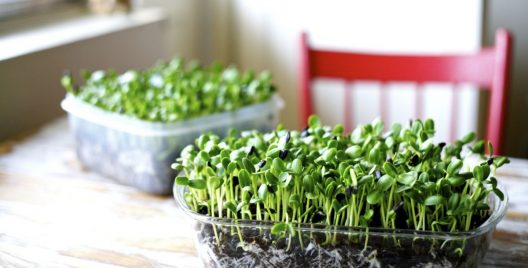Nutrition or food labels tell us how individual foods contribute to our daily nutritional needs and help us choose healthier products. They can help us limit the sugar and fat and salt in our diets and make it easy for us to compare with other similar products. Of course, the most nutritious foods are the ones that are least processed and the ones that come with no labels – wholegrains, pulses and fresh fruit and vegetables. These are highly nutrient dense foods and spoil easily.
What to look for on a nutrition label:
- First look at the ingredients list. Ingredients are usually listed from the maximum to the least used in the product.
- Then look at the total calories, the serving size and servings per container: Most often, the label indicates the number of calories for one serving, and there is usually more than one serving size per package of food. This can be quite misleading, unless you do the maths. To arrive at your calorie intake, calculate the number of servings you will actually consume at a time (Kids will find it fun, since there’s some maths involved).
- Check the total calories versus calories from fat: If the total calories are high, and the fat calories are also high (over 50 per cent of total calories in some cases), this may not be good for you.
- Limit foods with fat, cholesterol and sodium (salt): Look for the presence of saturated fats or trans fats, partially hydrogenated vegetable oil or shortening (vanaspati, like Dalda). More than 5g of fat per 100g is a lot, 20g is very high, 3g or less is low. Also watch out for high levels of sodium (salt), which extend shelf life.
- Watch out for the sugars: Sugar levels are usually high in processed foods and listed as Total Carbohydrates or Sugars.
- Vitamins and minerals: Often added to enhance nutritional value, this is one high that’s good. But that still doesn’t mean that the product is good for you.
- Beware of the Additives: Food additives (preservatives, taste enhancers, flavourings, thickeners, food colours, spices and chemical stabilizers) are substances used to preserve flavour, to maintain safety and freshness of food, to slow down spoilage, and to improve taste, texture and appearance.
Additives are often listed in number form. For example, E621 is monosodium glutamate (MSG). Look for the INS (International Numbering System) number approved by the Food Security and Safety Authority of India (FSSAI) or E numbers (for European products).














